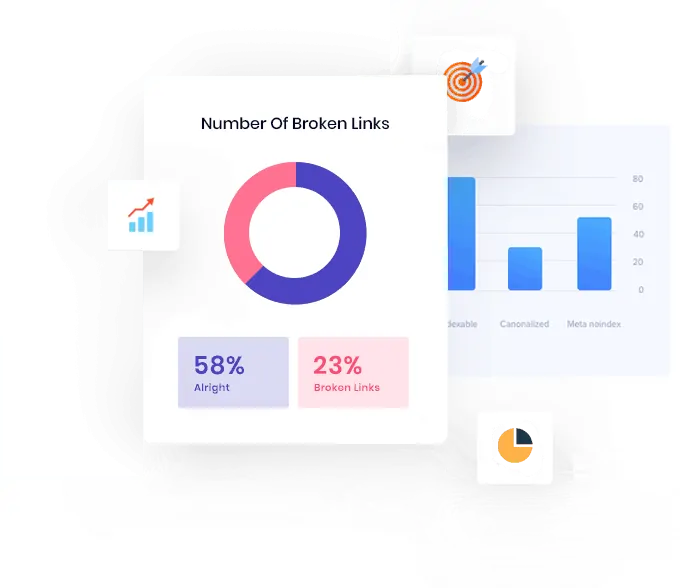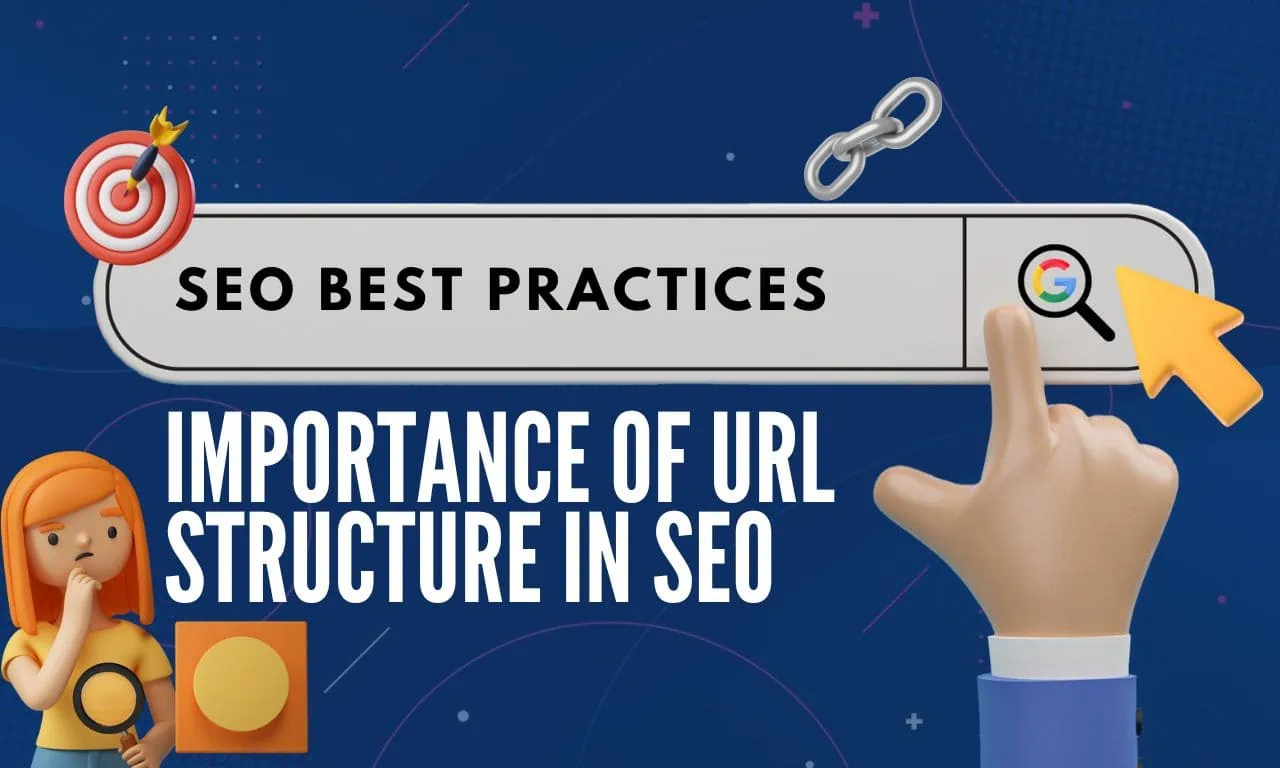
We Help Businesses to Thrive Online with More Traffic & Conversions Now & Beyond
Unsure why your website is not getting traffic? Learn why your site is not performing well with our site audit tool from our digital marketing agency that provides you with actionable checklists that you can work to improve.



Results-Driven Digital Marketing Agency
Change is constant in Digital Marketing. We use proven strategies that work now & beyond to ensure that you get to enjoy the benefits of increased traffic & conversions now and also align with the future changes that will be happened. We handle your online marketing strategies so you can focus on what matters most to your business.
Type of Digital Marketing Solutions
This is how search engines like Google and Bing know who to show your content to. Get this right and you’ll drive organic traffic to your website.
Pay search engines to rank you higher than your competitors. Pay-per-click marketing gets new eyes on your content quickly.
Place your logo in front of more people. Studies show that customers are more likely to purchase from brands they recognize!
Advertise your company where people spend the majority of their time: on social media.
Ditch outdated websites and replace them with easy-to-navigate sites your customers will love.
How is your Site performing?
Use our Free Website Audit today!
Use our FREE Website Audit tool to analyze the performance of your website. It will give you a score on the basis of its speed, number of broken links, SEO and other factors.
Trying to generate more web traffic in Singapore? Digitrio, a result driven digital agency in Singapore, is just a few clicks away.


Why Choose Digitrio for Digital Marketing Company in Singapore?
The various aspects of digital marketing can be confusing and time-consuming. It will also be a big opportunity cost when your online strategies are not done right. Thus, to ensure making the most of the market opportunities available online, Digitrio is here to provide you with custom solutions that best suit your business and your customers’ needs.
As your digital marketing partner, we endeavour to understand your business and your target market to ensure planning and implementing strategies that drive growth to your company and boost brand exposure now and in the long run.
Interested in Driving More Traffic & Conversions to your Business Today?
Fill Out the Form Below to Get Started











